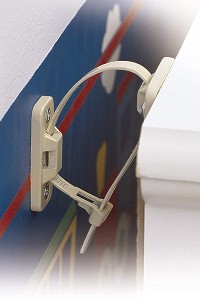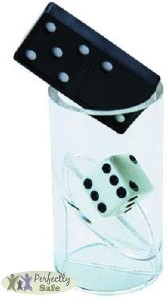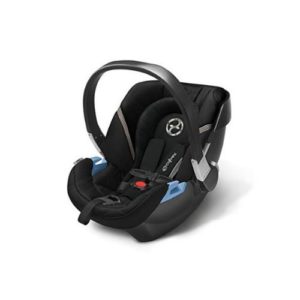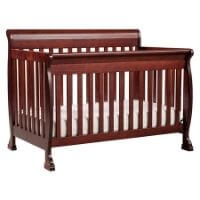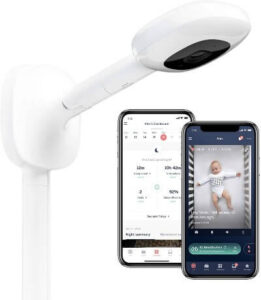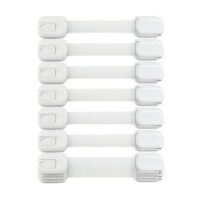7 Surprising Playroom Hazards and How to Avoid Them
Many parents think their home is the safest place for their children, and this is often true. But sadly, injuries at home do happen.
Because children tend to spend a lot of time in playrooms, we researched some of the most common playroom hazards and what you can do to try and avoid them.
Check out our room-by-room babyproofing guide for even more tips.
By signing up, you agree to our Terms and Conditions and Privacy Policy.
1. Stuffed toys
They’re soft and cuddly, but your child’s stuffed toys can also be dangerous.1 To minimize the risk of suffocation, keep these toys out of the crib and other areas where your infant may sleep or lay.
Babies and toddlers can pull off small pieces—like buttons and eyes—and choke on them, so make sure these are secure on all toys.
Finally, stuffed animals can harbor germs and bugs. Wash them regularly, and kill critters like lice and mites by putting them in the freezer overnight.
2. Magnets
Children can be seriously harmed by accidentally swallowing small magnets. In fact, the U.S. Consumer Product Safety Commission (CPSC) recommends that toys with magnets should be kept away from children younger than 6.2 Search your child’s playroom for these toys, and remove them until your child can use them safely.
3. Furniture that can be tipped over
Amazon.com list price as of post date. Read full disclaimer.
Safety brackets secure furniture—like bookshelves, dressers, and other furniture that can tip over—to the wall. If you can’t secure the item, move it out of the playroom.
4. Trampolines
An indoor trampoline seems less perilous than an outdoor one, but it is still unsafe. According to the American Academy of Pediatrics (AAP), kids should never use trampolines unless they are an athlete being supervised by a professional trainer.3 If your playroom is equipped with a trampoline, give serious thought to replacing it with a less risky toy.
5. Art and craft supplies
From Play-Doh to crayons, glue, and paint, the vast majority of art and craft supplies marketed toward children are nontoxic. However, that does not mean they’re entirely safe. If ingested, even nontoxic supplies can cause side effects like diarrhea, headaches, and nausea.
Until your kids are old enough to use these materials properly, consider making safer art supplies from scratch.
6. Small toys and trinkets
Amazon.com list price as of post date. Read full disclaimer.
Choking is the fourth leading cause of accidental death in children under 5.4 A toy small enough to fit through a toilet paper tube or small object tester presents the greatest choking hazard. Dress-up jewelry, toy parts, balloons, and hair clips are common playroom items that should be stored out of your child’s reach until they are at least 5 years old.
7. Packaging and bags
Kids’ toys and gadgets often come packaged in plastic wrap, foam peanuts, and other materials that can present suffocation and choking hazards. Err on the side of caution by unpacking all boxes in an area your child can’t reach, and disposing of packing materials immediately.
Other common household hazards
The most dangerous items in your child’s play area aren’t limited to toys. Here are other hazards to look out for, and what to do if you find them.
Dangling electrical cords
Dangling electrical cords can increase the risk of electrocution, strangulation, and tripping. Make certain all of the electrical cords in your home are in good condition, and secure them behind furniture or with a cord cover.
Broken window locks
Each year in the U.S., thousands of kids are injured by falling out of windows. Keep your home’s windows shut, and ensure all window locks work properly. Fix or replace those that don’t, and install a monitored security system with window sensors for added peace of mind.
Window blind cords
Blind cords are a notorious choking and strangulation hazard, especially for infants and toddlers. Use a blind cord wind up to store excess cord out of your child’s reach, or switch them out for window treatments without cords.
Keeping your family safe is a round-the-clock effort. While you can’t safeguard your children from all harm, using our advice may help reduce preventable injuries inside your home. When your kids are outside or away from your residence, consider protecting them with a wearable GPS tracker.
Related articles on SafeWise
Sources
- Mayo Clinic, "Sudden Infant Death Syndrome (SIDS)," May 2020. Accessed November 22, 2021.
- Consumer Reports, "Safety First When Buying Toys," December 2012. Accessed November 22, 2021.
- Cleveland Clinic, "Surprising Dangers of Trampolines for Kids," June 2020. Accessed November 22, 2021.
- New York State Department of Health, "Choking Prevention for Children," November 2021. Accessed November 22, 2021.
Disclaimer
Product prices and availability are accurate as of the date/time indicated and are subject to change. Any price and availability information displayed on Amazon at the time of purchase will apply to the purchase of this product. Safewise.com utilizes paid Amazon links.
Certain content that appears on this site comes from Amazon. This content is provided “as is” and is subject to change or removal at any time.
Recent Articles
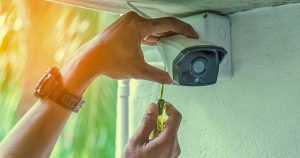



The post 7 Surprising Playroom Hazards and How to Avoid Them appeared first on SafeWise.
Article source here: 7 Surprising Playroom Hazards and How to Avoid Them
